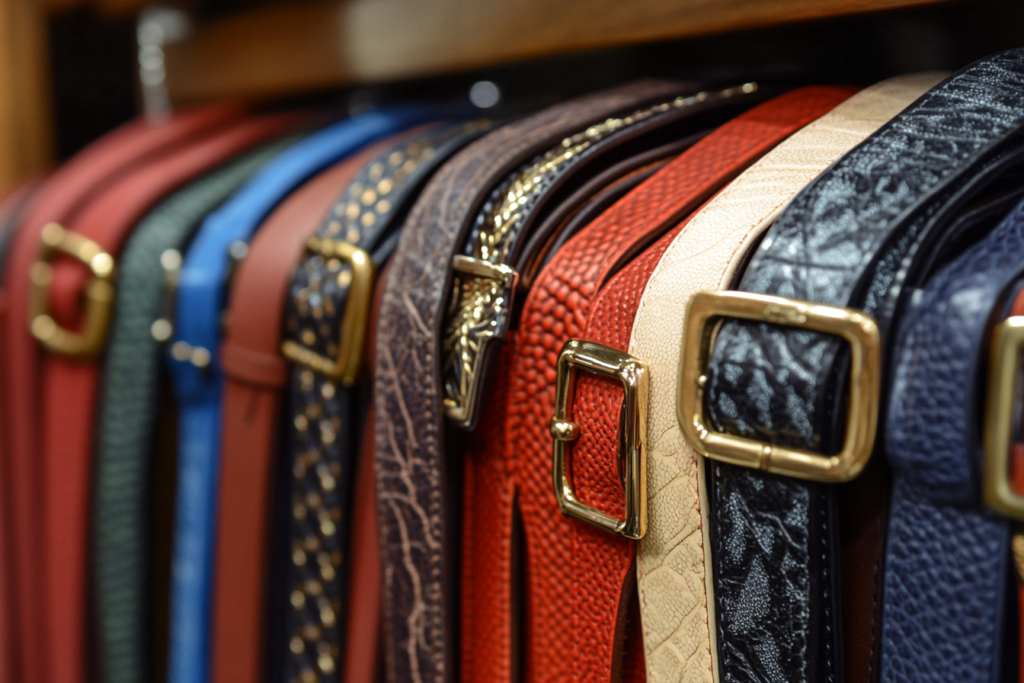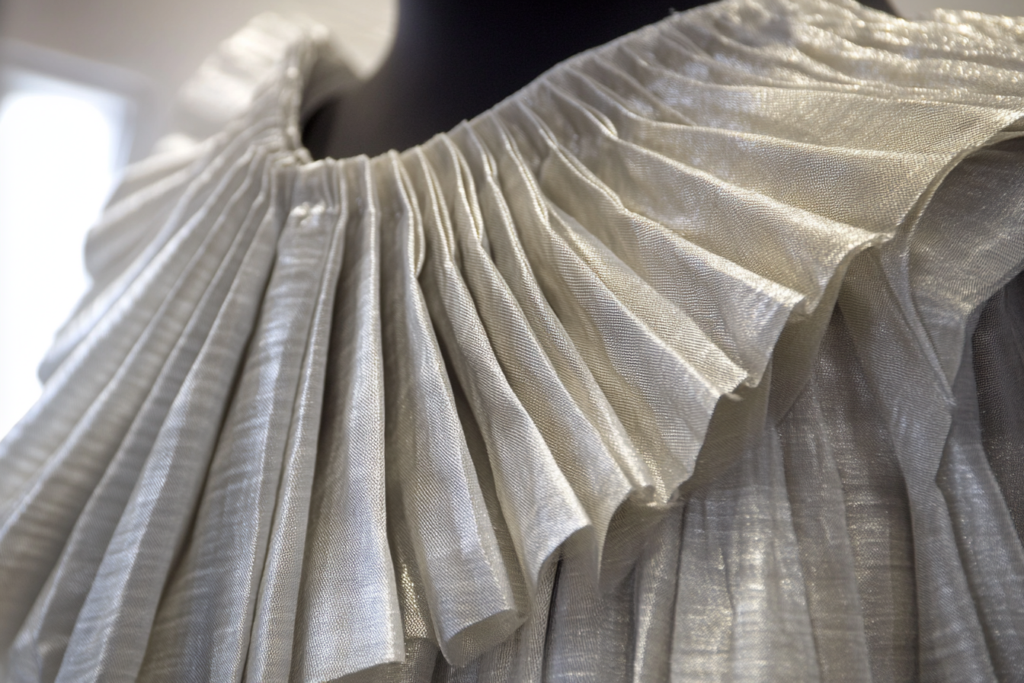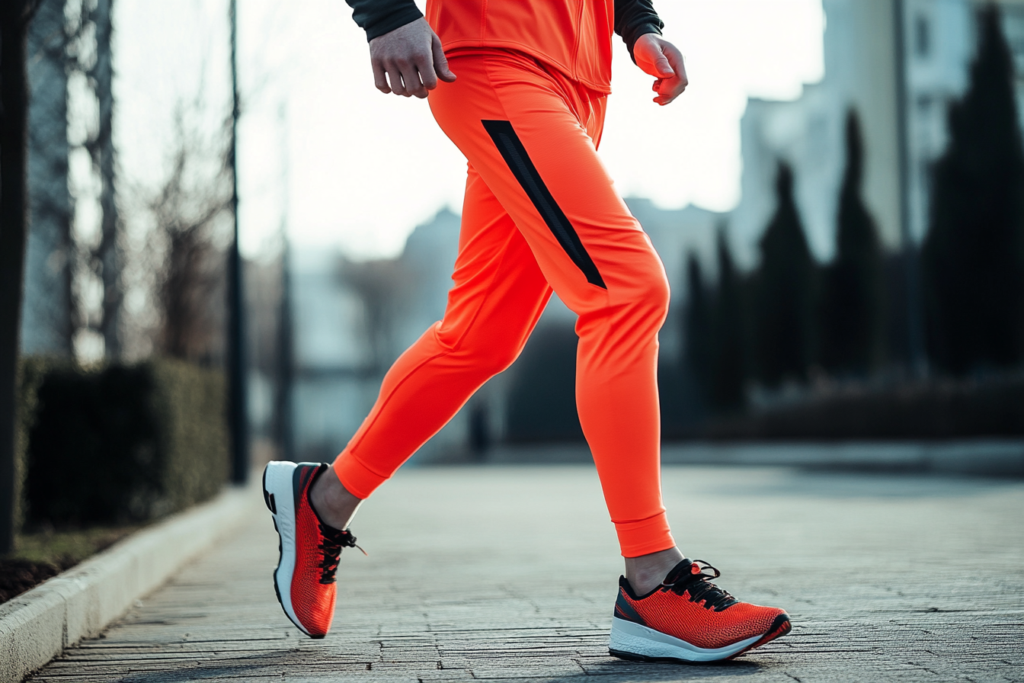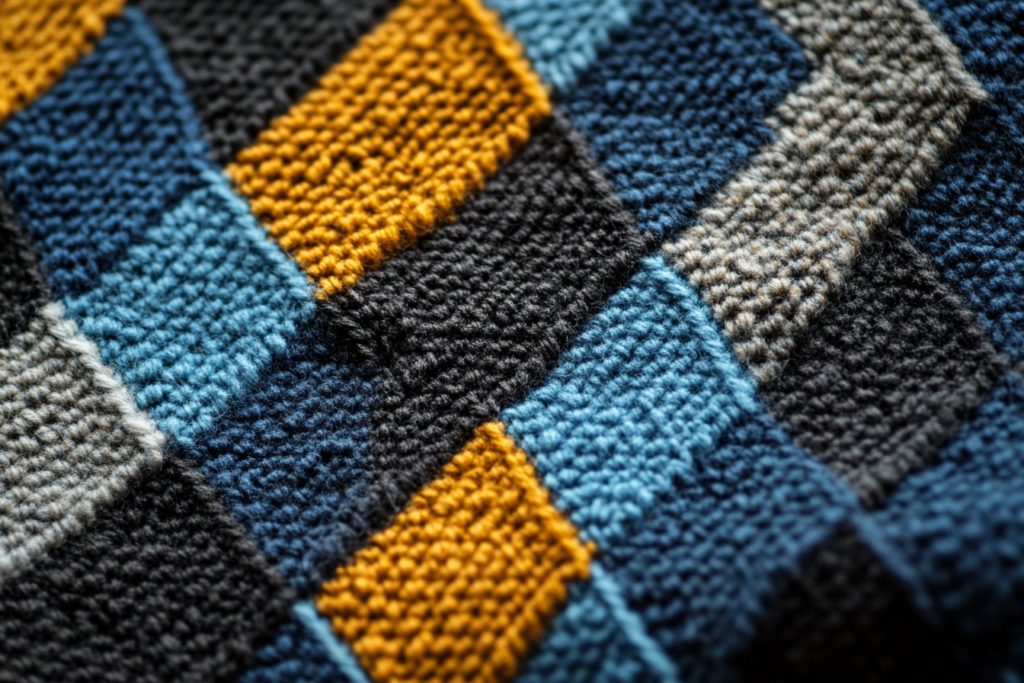Garment Accessories (Findings): Essential Components in Garment Production
Meta Description: Garment accessories, also known as findings, are small but crucial elements in garment production. These items are included in the Bill of Materials (BOM) of a technical package, ensuring proper design and functionality.
Introduction: What Are Garment Accessories (Findings)?
Garment accessories, often referred to as findings, are the small items used in the production of garments, excluding the fabric and packaging. These items play a crucial role in both the functionality and design of a garment. From buttons and zippers to labels and thread, every garment accessory serves a specific purpose that enhances the garment’s usability, durability, and overall aesthetic. They are typically listed on the Bill of Materials (BOM) of a garment’s technical package, which is a detailed document that outlines the materials, construction, and specifications for production.


Common Types of Garment Accessories (Findings)
- Buttons:
- Buttons are one of the most common garment accessories, used for fastening shirts, coats, trousers, and other items. They come in a variety of materials such as plastic, metal, wood, and even fabric-covered designs.
- Zippers:
- Zippers provide a quick and secure way to fasten garments, especially in outerwear, skirts, dresses, and pants. They come in various types, such as invisible zippers, plastic zippers, and metal zippers, each suited for different applications.
- Hooks and Loops (Velcro):
- Velcro or hook-and-loop fasteners are commonly used in activewear, children’s clothing, and even medical garments for their ease of use. These fasteners are also used in shoes, bags, and sportswear to provide an adjustable fit.
- Elastic:
- Elastic bands are used in waistbands, cuffs, and other areas of garments to provide stretch and flexibility. They are commonly found in leggings, underwear, sportswear, and casual wear.
- Ribbons, Laces, and Drawstrings:
- Ribbons and laces are often used as decorative accessories or to adjust the fit of garments. Drawstrings are used in sweatpants, jackets, and other garments to provide a customizable fit, especially at the waist or hood area.
- Labels:
- Labels are essential for identifying the brand, size, care instructions, and material composition of a garment. Labels come in different types, including woven, printed, or heat transfer labels, depending on the design and fabric type.
- Thread:
- Thread is used for stitching the garment together. The type of thread used can affect the durability and appearance of the garment. High-quality thread ensures the garment remains secure and intact over time.
- Pockets and Pocketing Materials:
- Pockets serve both functional and aesthetic purposes. They can be used for storing items or as decorative features. Pocketing materials are used to reinforce the pocket area and ensure durability.
- Cuffs and Collars:
- Cuffs and collars are integral parts of certain garments such as shirts, dresses, and jackets. They can be decorative or functional, and their design can drastically change the garment’s overall style.
- Belts and Buckles:
- Belts and buckles are commonly used in trousers, skirts, and dresses to define the waistline and enhance the garment’s silhouette. They come in various designs, from leather to fabric and even metallic finishes.
Role of Garment Accessories in the Production Process
- Functional Purpose:
- Many garment accessories serve practical purposes such as fastening, adjusting fit, and providing storage space. For example, zippers and buttons are essential for ensuring that the garment stays securely fastened, while elastic bands and drawstrings help garments fit comfortably to the body.
- Design and Aesthetic:
- Accessories also play a significant role in enhancing the aesthetic appeal of the garment. Buttons, ribbons, and laces can add a decorative touch, while cuffs, collars, and belts help define the garment’s overall silhouette. These accessories can make the difference between a basic garment and a stylish, well-designed piece.
- Durability and Quality:
- The quality of the findings used in a garment can affect its overall durability. High-quality zippers, buttons, and thread ensure that the garment lasts longer and withstands regular wear and tear. When choosing findings, manufacturers must consider factors like wear resistance, color retention, and strength.
- Labeling and Identification:
- Labels are essential for providing important information about the garment, such as brand, size, material composition, and care instructions. These labels are necessary for meeting legal and industry standards for garment production.
Bill of Materials (BOM) and Garment Findings
The Bill of Materials (BOM) is a crucial document in garment production. It is a detailed list of all the raw materials, components, and accessories required to make a garment. This includes fabric, findings, trims, and any other elements needed for manufacturing. Each accessory, from zippers to thread, is included in the BOM, along with details about quantities, material specifications, and supplier information.
Including all findings in the BOM ensures that the garment is produced with the correct materials and that all components are accounted for during production. It also helps the design and production teams track inventory, manage sourcing, and control costs effectively.
How Garment Accessories Affect the Garment Production Timeline
The availability and quality of garment accessories can significantly impact the production timeline. If any of the necessary findings are unavailable or delayed, the entire garment production can be held up. This is why garment manufacturers often place importance on sourcing findings from reliable suppliers and ensuring that all materials are available before production begins.
Additionally, complex accessories, such as custom buttons or unique trims, may require additional lead time for production and delivery. It is important for designers and manufacturers to plan ahead to ensure that all findings are ready before the garment production process begins.



